2019-03-31
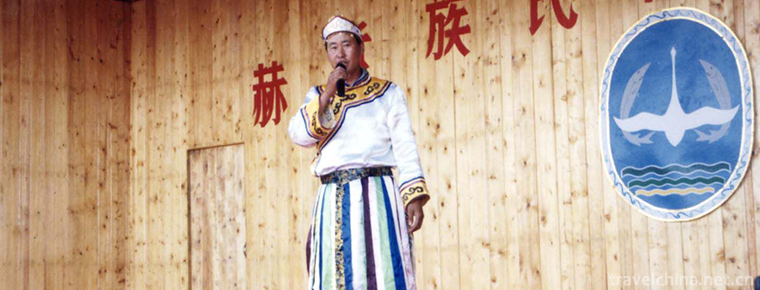
- By ChinaWiki.net
- Chinese Edition
- 2019-05-03
Imakan of Hezhe Nationality
Imakan is a unique rap art of the Hezhe people in Northeast China. Its performance form is a combination of one person's rap and singing. It has no accompaniment with musical instruments and uses the language of Ye Yun and prose. This unique artistic form plays a key role in inheriting the Hezhe language, beliefs, folk customs and habits. On November 23, 2011, at the UNESCO conference in Bali, "Hizhe Imakan Rap" was included in the list of intangible cultural heritage in urgent need of protection.
Basic introduction
In the long-term fishing and hunting life, Hezhe people have created literature and art with distinct national characteristics, among which Yimakan, the art of rap and singing, is the most widely spread and popular. Imakan is a form of Quyi storytelling of Hezhe nationality, which is popular in the Hezhe nationality inhabited area of Heilongjiang province.
Imakan or Imakan means "fish" or "salmon". Others think it is a story or a song of the Hezhe fishing people. It has the form of talking and singing, similar to the Han drum, Sutan, Mongolian storytelling, is an ancient folk rap literature and art, known as the "living fossil of primitive language art in northern Asia".
Art inheritance
Inheriting characters
Imakan singer is regarded as Imaka beggar by Hezhe people. Historically, the famous imakan singers of Hezhe people are: Moter, Bigenerdu, Sanfu Marfa, Youguilian, Gutori, Wu Gaoli, Zhou Ling, Fu Changchun, Youanxi, Bifanggu, Lushin, Luming, Yulu, Bizhang, Ge Changsheng, Wu Lianggui, Wu Jincai, etc. The modern imakan singer is most famous for Ge Desheng's old man, and is deeply loved by the Hezhe people. Imakan's "Man Dou Morigan" sung by Ge Desheng won the third prize of national folk literature works from 1979 to 1981. On April 21, 1984, the Provincial Folk Literature and Art Research Branch awarded Ge Desheng the title of "Folk Rapper".
Inheritance value
From the collected imakan, we can see its two main characteristics: first, it is a faithful record of the history of the Hezhe people, from which both historians, linguists, folklorists and religious scholars can extract valuable raw materials; second, it embodies the aesthetic view of the Hezhe people. Imakan uses classical Romanticism to describe the heroism of the heroes of the Hezhe ethnic group in eliminating violence and calmness, demons and demons, the high praise of loyalty and faith, the persistent pursuit of freedom and love, and the infinite longing for a better future. Obviously, Imakan is not a simple record of life in that era, but a large classical symphony poem which reproduces the beauty of life artistically according to the law of beauty in the broad background of that era. It can be regarded as a perfect representation of the heroes, historical changes and folk customs of the Hezhe people.
Imakan is an indispensable kind of art and a way of entertainment aesthetics in the life of the Hezhe people. It also has the function of textbook to inherit the history and culture of the nation. It has unique value and great significance.
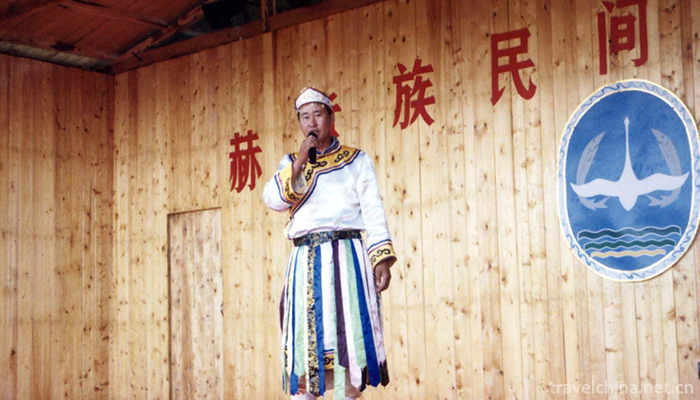
Ask a Question
Your email address will not be published.
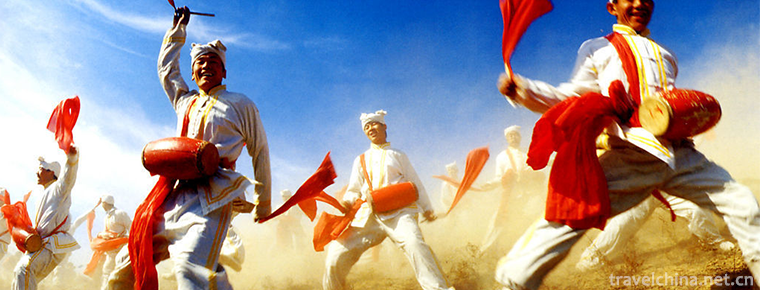
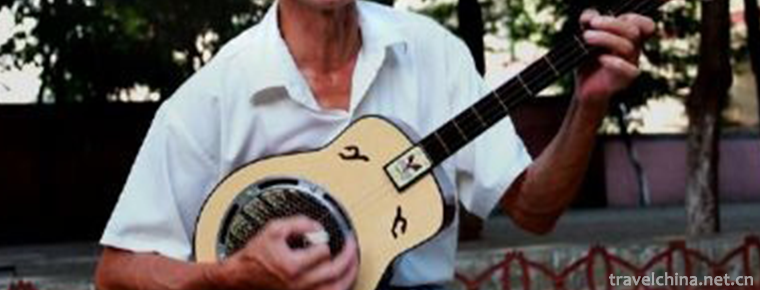
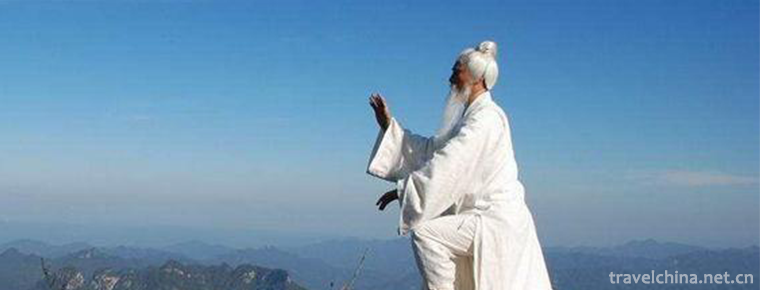
0 Questions